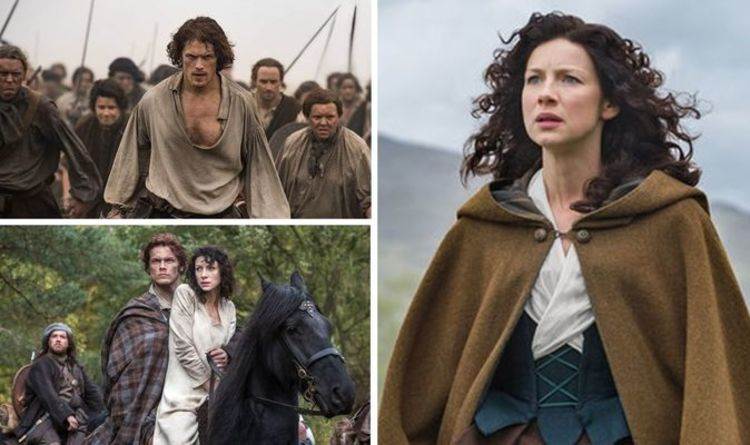
Outlander, the mesmerizing TV series adapted from Diana Gabaldon’s acclaimed novels, has enthralled millions with its unique blend of historical drama, romance, and a captivating time-travel narrative. While the story of Claire Randall, a World War II nurse who mysteriously travels back to the 18th century, is pure fiction, much of the historical backdrop and events depicted in the series are rooted in real, sometimes brutal, history. This seamless intertwining of fact and fantasy is what makes Outlander not only an entertaining drama but also an intriguing exploration of Scotland’s past.
The Jacobite Risings: A Nation in Turmoil
At the heart of Outlander is the Jacobite Risings, a series of uprisings that spanned from 1688 to 1746. These revolts were driven by the desire to restore James VII of Scotland (James II of England), a Catholic monarch, to the British throne after he was deposed by his Protestant son-in-law, William of Orange. The Jacobites, mainly comprised of Scottish Highlanders, remained loyal to James and his descendants, igniting a prolonged and bloody conflict. In Outlander, the character Jamie Fraser, a Highlander himself, becomes deeply involved in the Jacobite cause, reflecting the real-life allegiances and sacrifices of many Scots during this tumultuous period.

Bonnie Prince Charlie and the Battle of Culloden
One of the most significant historical events portrayed in Outlander is the 1745 Jacobite uprising led by Charles Edward Stuart, famously known as Bonnie Prince Charlie. The series accurately depicts his arrival in Scotland, where he quickly garnered support from the Highland clans, leading to a campaign that nearly succeeded in toppling the British government.
The article is not finished. Click on the next page to continue.



















